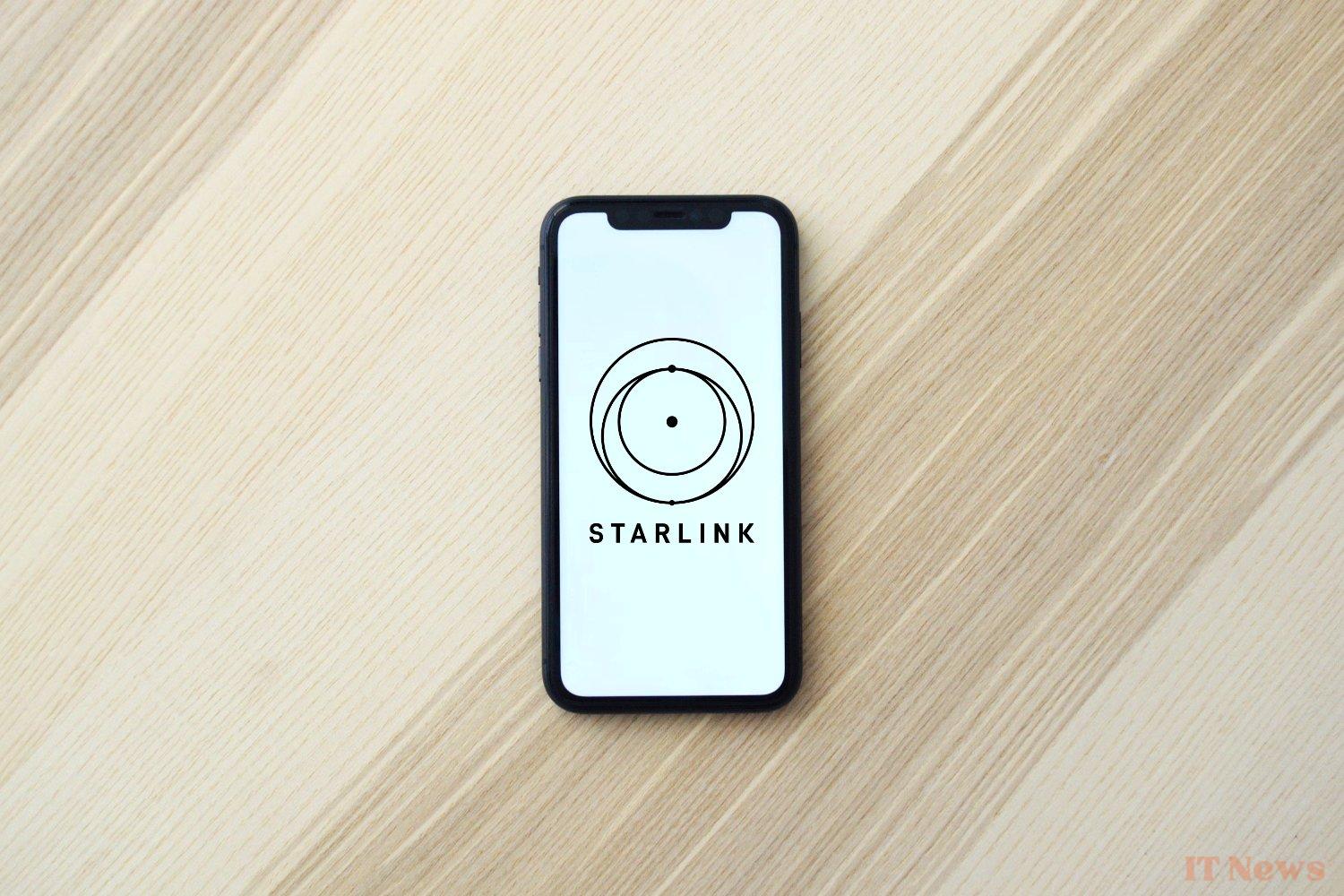In the United States, at the end of January, Apple quietly activated a new service, via iOS 18.3. An update allowing iPhones to acquire support for the cellular satellite network of Starlink, the famous SpaceX operator, offering a global Internet offer without blackout zones. After fixed subscriptions, where customers must order an antenna to receive the Internet network covered by more than 7,000 satellites in orbit, Starlink is launching "Direct-to-Cell", a mobile subscription where phones will directly receive the network through their own antenna.
The service was planned for this year 2025, after initial experiments at the end of 2024. Starlink is indeed starting to deploy it, starting with the United States, and with its partner T-Mobile. Other foreign operators will soon offer the service, while a list is already available on the Starlink website: Optus in Australia, Rogers in Canada, One NZ in New Zealand, Kiddi in Japan, Salt in Switzerland, and finally Entel in Chile and Peru. Starlink's offer will allow them to access the network everywhere, even in the most remote areas, and in the middle of the oceans, in addition to the mobile coverage of these operators.
How is mobile access to Starlink deployed?
To benefit from Starlink on their phone, American users are invited to register on a waiting list. T-Mobile still lists the service as being in beta, and therefore available to a limited number of customers. You will also need your phone to be compatible, which is now the case on iOS, but not necessarily on Android (only a few devices are already optimized, such as the Galaxy S24, Galaxy Z Fold and Pixel 9). As for the service, it is limited to sending SMS messages for the moment, but Elon Musk, boss of SpaceX and its Starlink division, mentioned on X that streaming music, podcasts and image downloading will be supported.
Video playback, and therefore video streaming in the more general sense, will arrive later for users of Starlink's Direct-to-Cell service. It must be said that the deployment must be gradual, because users will draw on the bandwidth of Starlink's fixed-line customers, with its residential and roaming subscriptions. To improve its connectivity and the strength of its network, Starlink is now relying on a new generation of satellites. Advances that have been the nightmare of a certain Globalstar, an American satellite telephone service launched in 1991 and arrived in France in 2000. Last November, Apple invested in the company on which it bet for its satellite emergency SOS service.
In terms of price, Starlink is not clear on the matter, but T-Mobile in the United States claims that the service will be free for its users, during the beta period. "We will provide more details on the commercial service at launch", the company announced. Starlink charges its residential packages from 40 euros per month, but the most expensive thing to subscribe to a subscription is above all the purchase of the antenna. With a mobile service in addition to the operator's coverage, Starlink should therefore not charge its customers as much. It remains to be seen whether mobile operators take advantage of the success of the offer to take advantage of it and inflate their prices. To contain the latter, operators could choose to limit data per person.
When will Starlink on mobile arrive in France?
The big question now is when the Stalink mobile plan will arrive in France. To answer this, we will have to consider two hypotheses. The first, and most likely, is that Starlink announces a new partnership with one or more French operators, to offer an offer equivalent to that of T-Mobile in the United States. Starlink already works with other companies in France, including Fnac and Darty. Operators should quickly show interest, even if some of them, like Orange, are already investing in competing satellite Internet services (NordNet, on the Eutelsat satellite network). Among the big favorites, there is Bouygyes Telecom, which opened up to Starlink last year for its business offer.
The second hypothesis for seeing the Direct-to-Cell service arrive in France is that Starlink offers its own mobile plan. Without going through an operator, as it does for its satellite dish subscriptions, the SpaceX division could choose to become its own operator, and enter markets like France as a new player. Starlink would never be completely independent, as it relies on the ground infrastructure of partner operators, but the company could bill its customers directly, without going through B2B. A way for customers to subscribe directly to Starlink. The only concern would concern the classic cellular network, while Starlink could only offer Internet.
Between January 1 and February 5, SpaceX launched 10 rockets with the aim of installing new Starlink satellites. A massive investment, which will propel the number of devices in the sky to well over 7,000. For each, a lifespan of only a few years, which will require SpaceX to power its constellation to maintain its mesh. It would therefore not be surprising to see the service seek to deploy as quickly as possible to be profitable - and therefore prefer to ally itself with operators. The probability of the arrival of Starlink on mobile in France in the next two years is therefore very high.




0 Comments